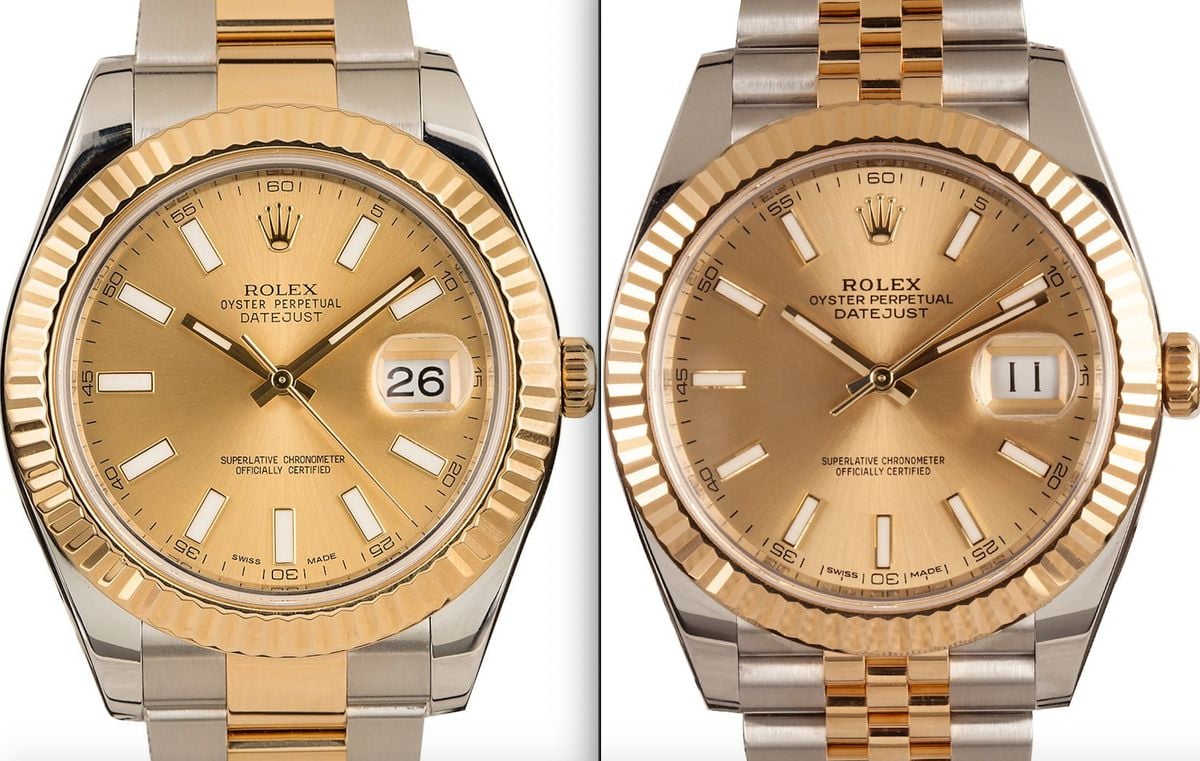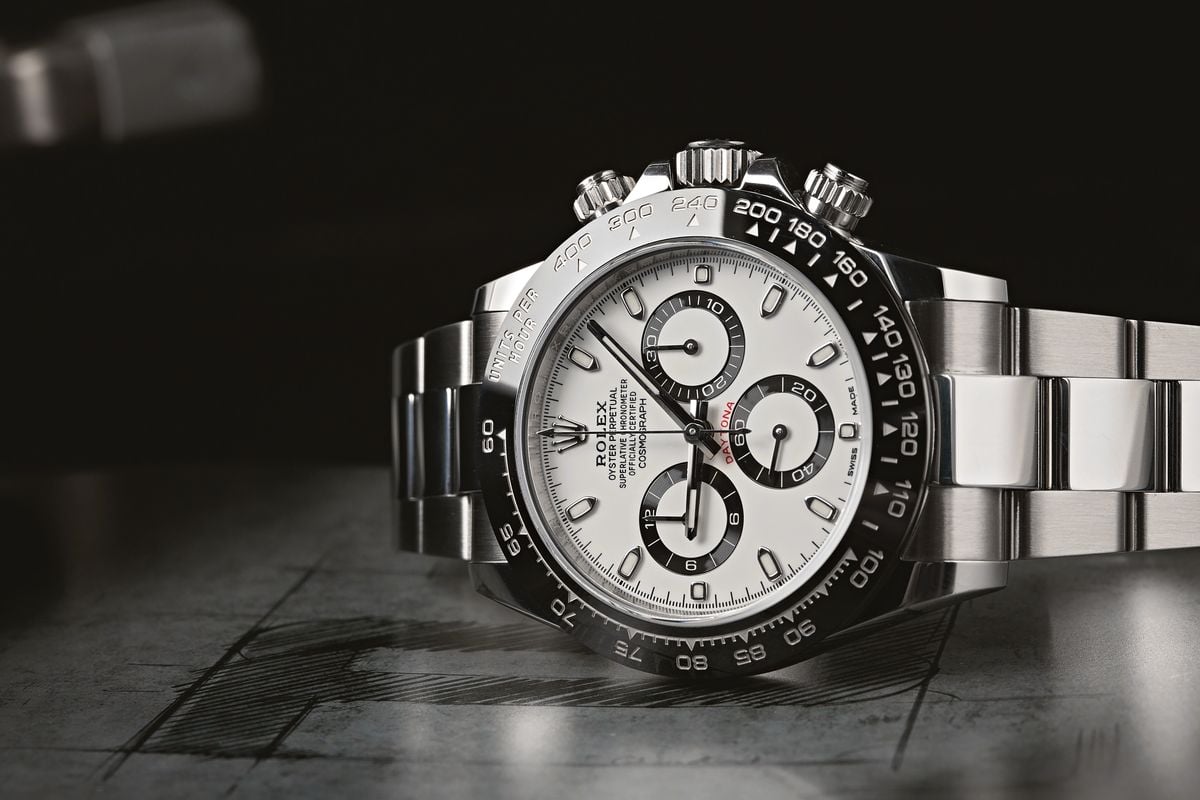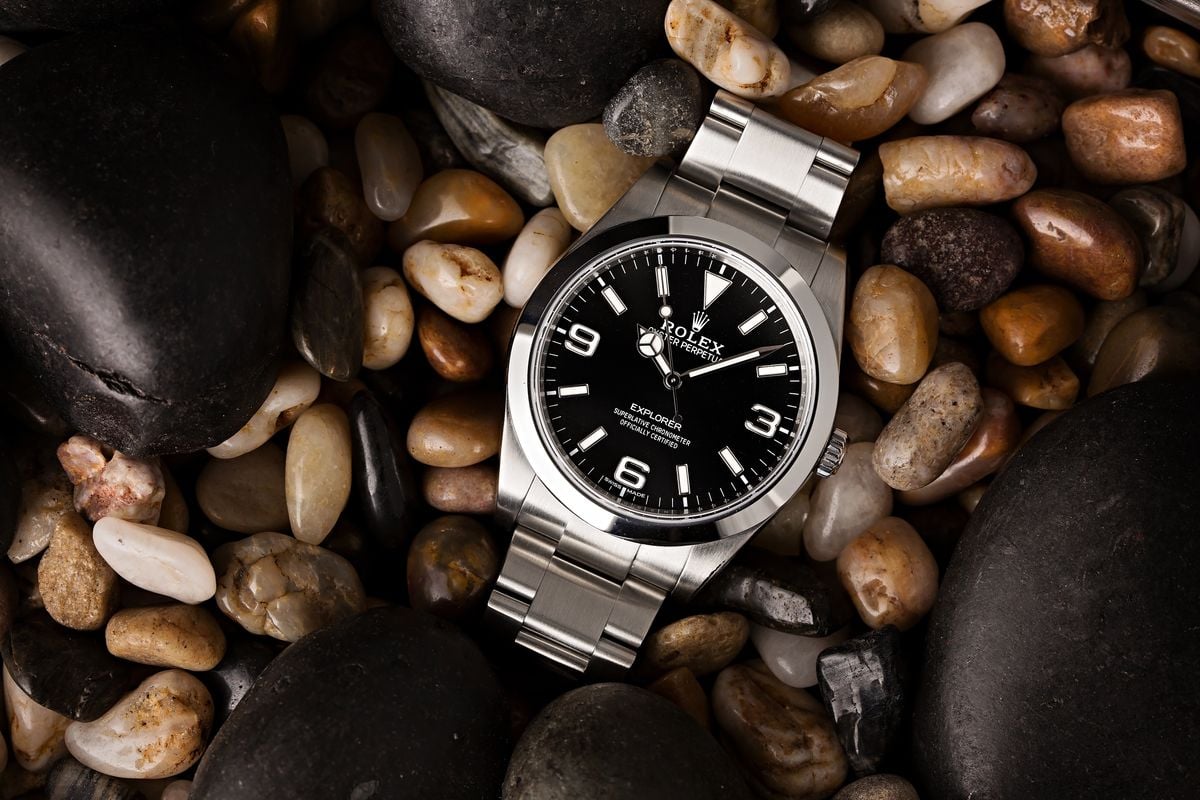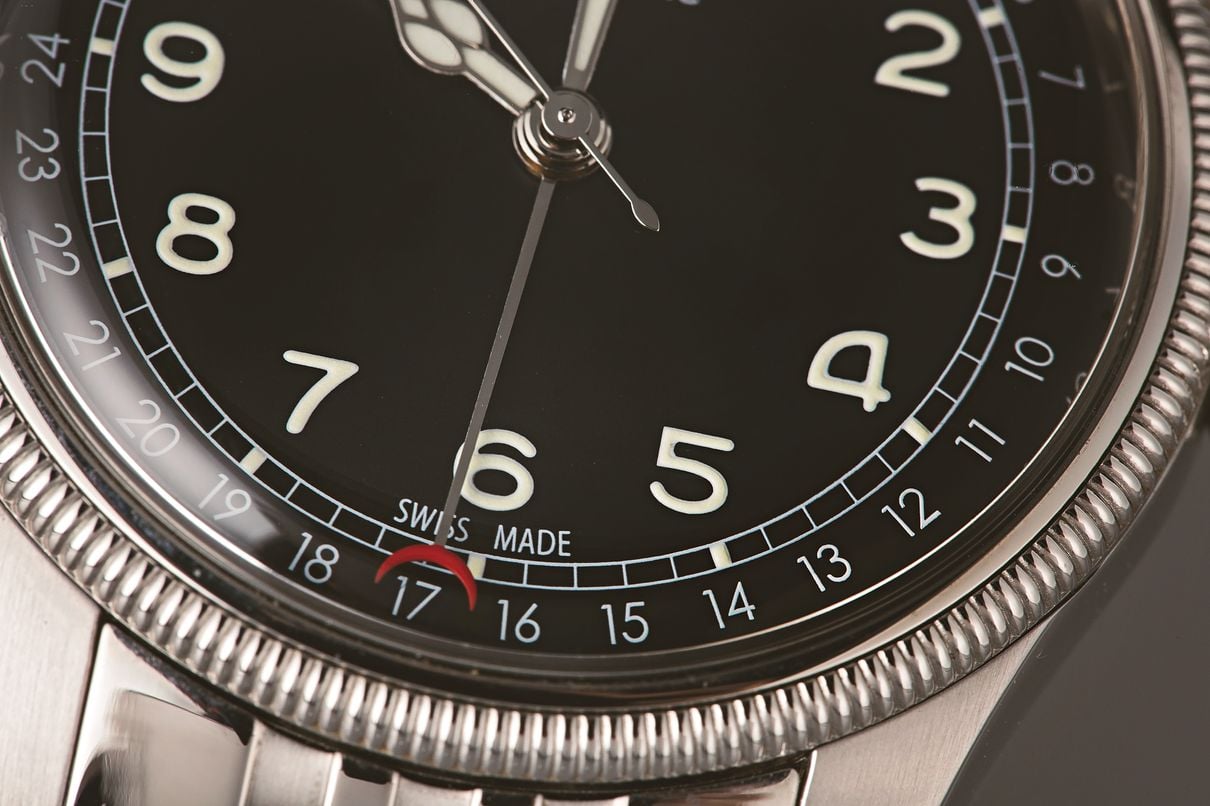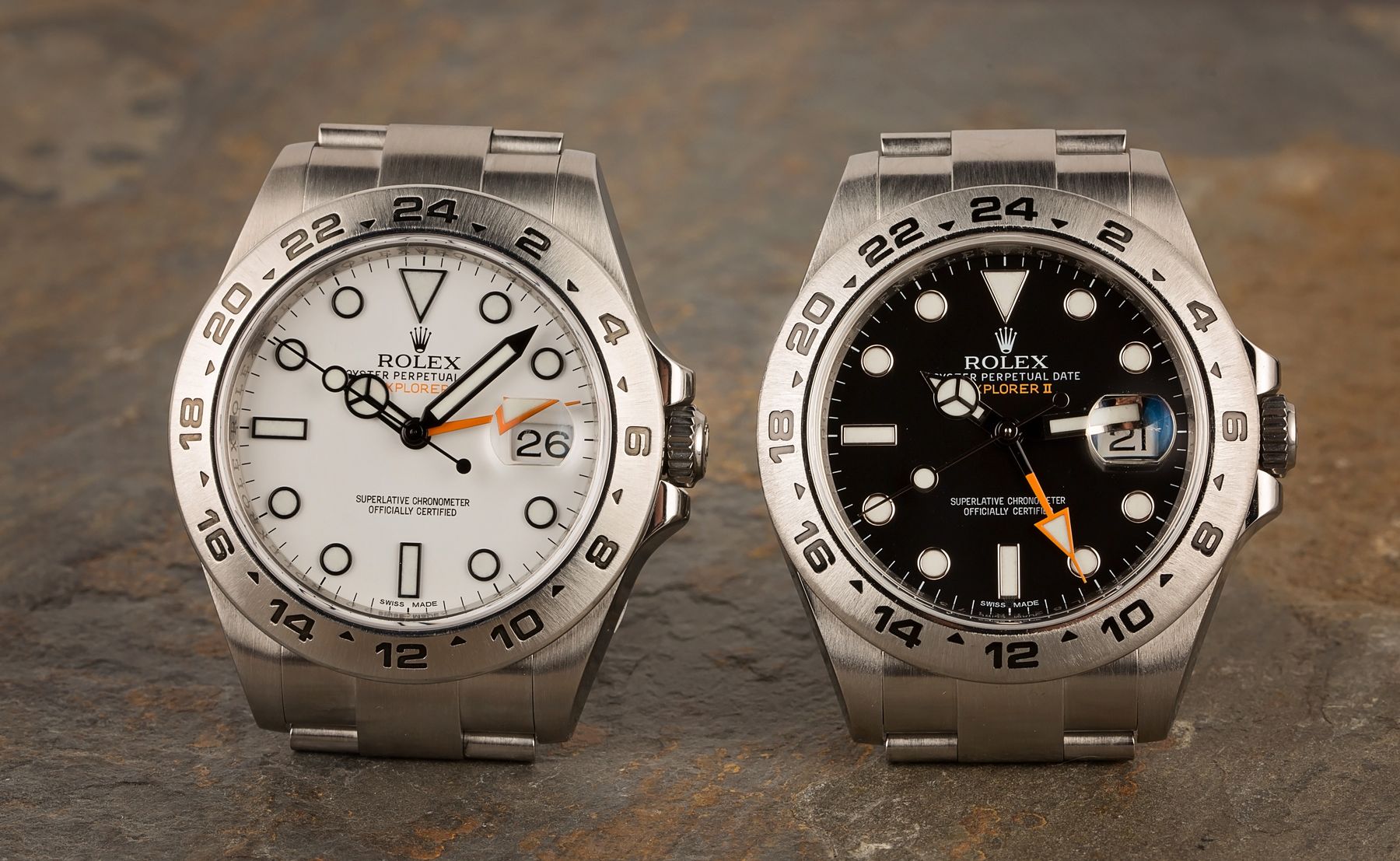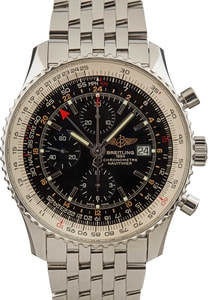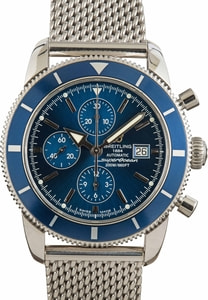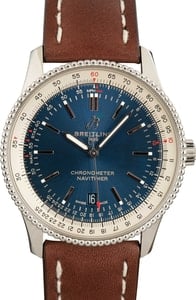The Datejust is the longest continuously-running watch series in Rolex’s history. The very first emerged all the way back in 1945, and the Datejust line as a whole (including the Lady-Datejust, mid-size, Rolex Datejust 41, etc.) is the best selling Rolex collection of all time.
For more than six decades, a 36mm model was the largest Datejust available; however, in 2009, the biggest shakeup in the piece’s production occurred when the manufacturer, finally bending to the will of the watch buying public, introduced a larger 41mm version. The so-called Datejust II followed on the heels of a similarly radical upheaval to the Rolex Presidential, when the Day-Date II launched a year earlier, again with a 41mm case.
While it was agreed that both ranges were more than overdue a larger variant, the proportions of the individual elements on each turned out to be something of an opinion splitter. As a result, neither stuck around for too long. The Day-Date II was discontinued in 2015, the Datejust II in 2016, and they were replaced with similarly sized alternatives more in keeping with their heritage: the Rolex Datejust 41 and the Day-Date 40.
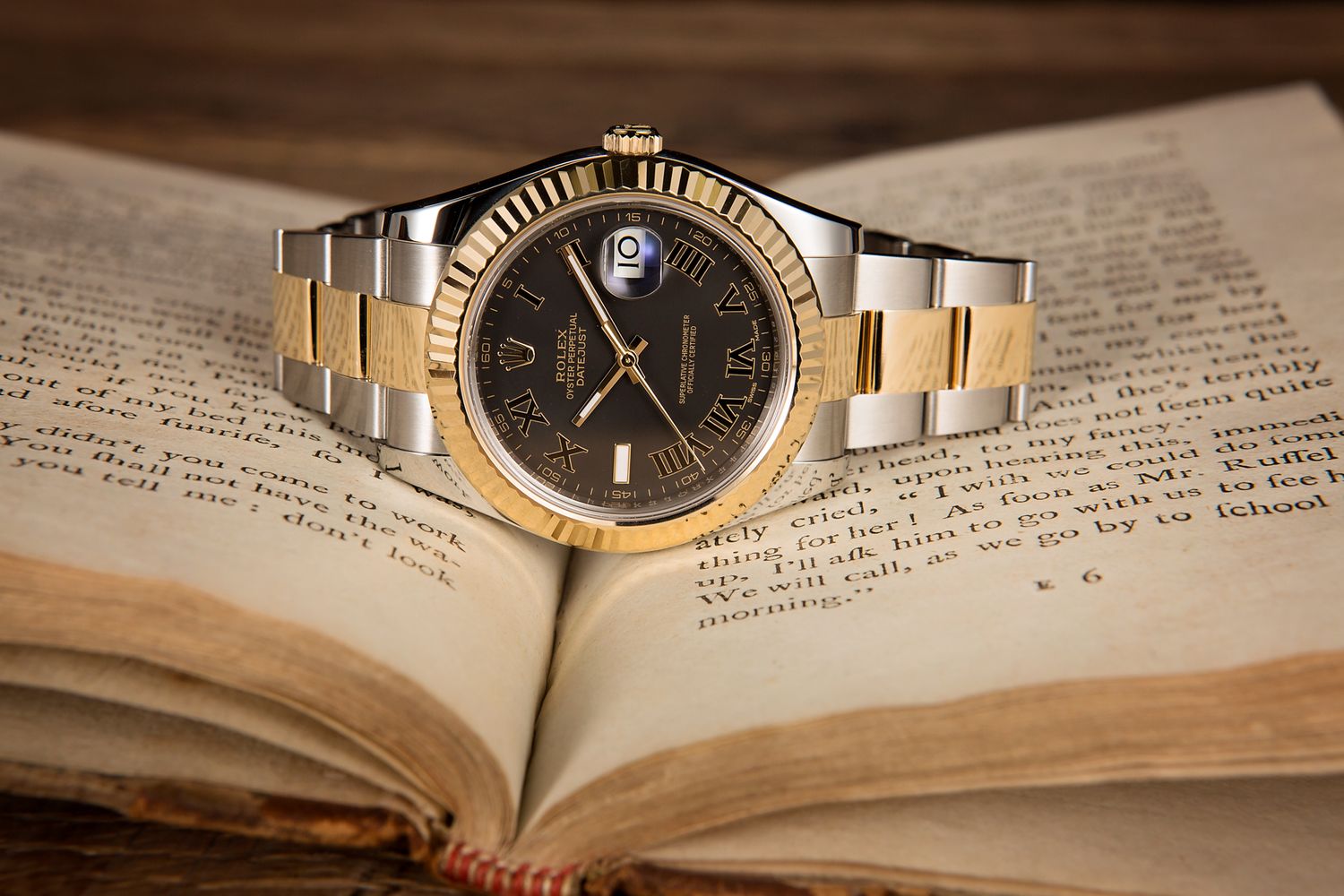
Rolex Datejust 41 vs. Datejust II: What’s The Difference?
Visually
The series which supplanted the Datejust II was inventively titled the Rolex Datejust 41. On paper, the new watch shared the same case diameter as the one just granted its retirement. On the wrist however, the Datejust II certainly looked the more bulky and masculine.
The Datejust model as a whole has long been exemplified by its sweeping lines and elegant understatement. But stand a DJII up next to a traditional 36mm model, and you could see Rolex’s designers had granted the bigger piece a proportionally thicker bezel. Along with thicker lugs, the hour markers on the dial increased in size to fill up the extra real estate on offer. Overall, it gave the Datejust II a great deal more presence, something that was welcomed from some corners but less appreciated from others.
By comparison, the Rolex Datejust 41 is very much simply a scaled-up version of the time-honored original, with all its classic looks and proportions left intact. Even so, its enlarged dimensions have attracted a new, younger audience to the venerable elder statesman of the Rolex catalog, without having to sacrifice any of its graceful appearance.
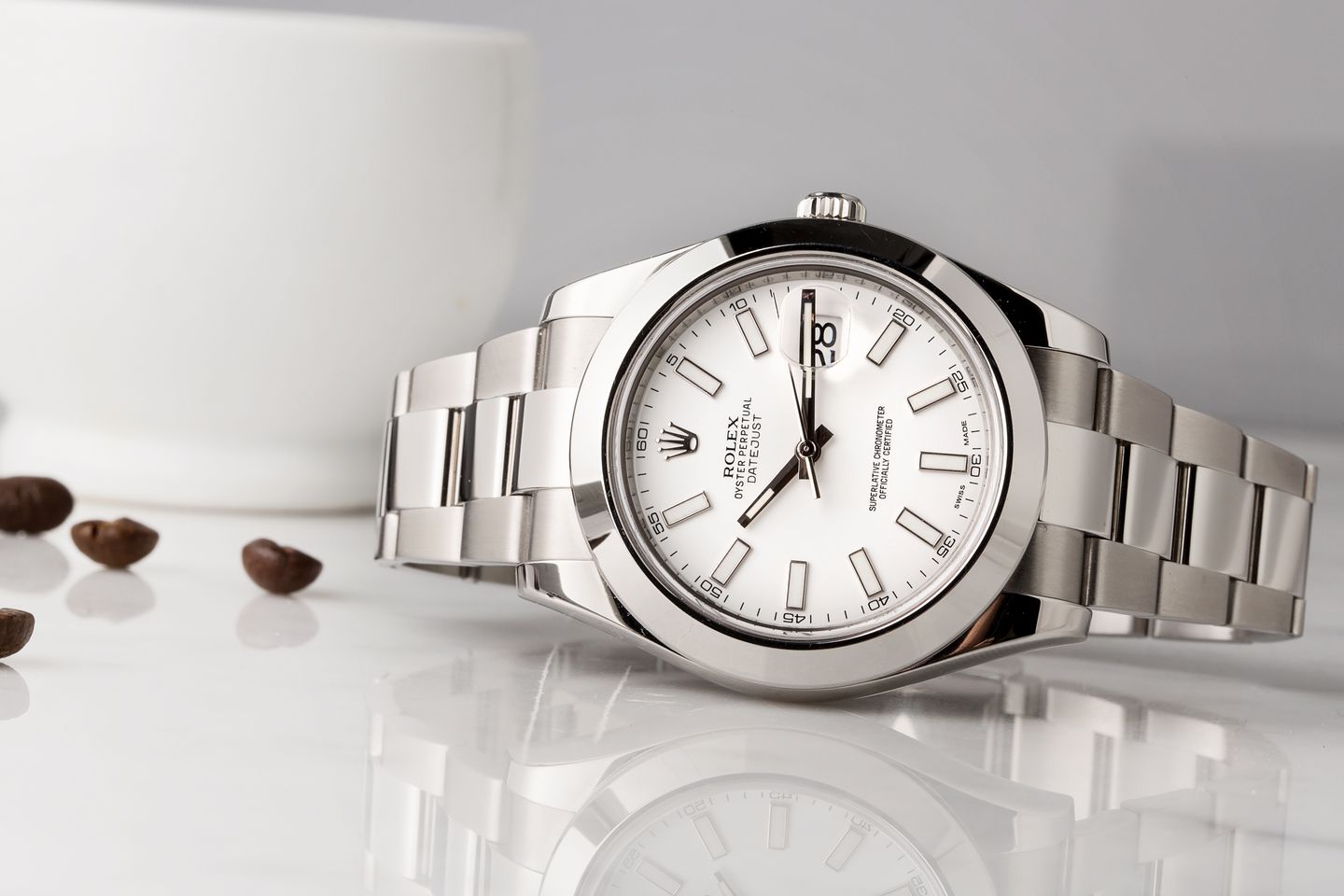
Mechanically
It is on the inside where the biggest differences are between the Rolex Datejust 41 and the Datejust II. The later is driven by the Cal. 3136, a movement largely based on the legendary Cal. 3135 but with a few modifications to better tailor it the lager case of the watch.
The Cal. 3136 features a larger mainplate to accommodate a new, oversize date wheel, and also moves the date display 1mm further away from the center of the dial. Only ever used in the Datejust II, it also benefitted from the inclusion of Paraflex shock absorbers, something the Cal. 3135 never had. As for the Rolex Datejust 41, by the time it was introduced, Rolex was on to its next generation mechanisms, the Cal. 32XX series of movements.
The Cal. 3235 took large steps forward compared to the Cal. 3136, perhaps most significantly with its Chronergy escapement. In a nutshell, this redesign of the Swiss lever escapement consists of individual components which have been stripped of as much of their mass as possible, so lowering their inertia. The pallet fork has been made smaller and lighter, as have the pallet stones. The escape wheel has been skeletonized, and their geometry – how they all interact and work together – has been altered to obtain the most leverage. In all, the Chronergy is said to be 15% more efficient than a regular escapement.
Other improvements with the Cal. 3235 include an upgraded gear train, a high capacity barrel which grants a power reserve of 70-hours rather than the 48 of the Cal. 3135 (while still maintaining the same size), a bearing-mounted monobloc rotor, and greater use of nickel-phosphorus alloy movement components for improved magnetic resistance. Altogether, over 90% of the components inside the Cal. 3235 are new, and the whole thing is protected by 14 patents.
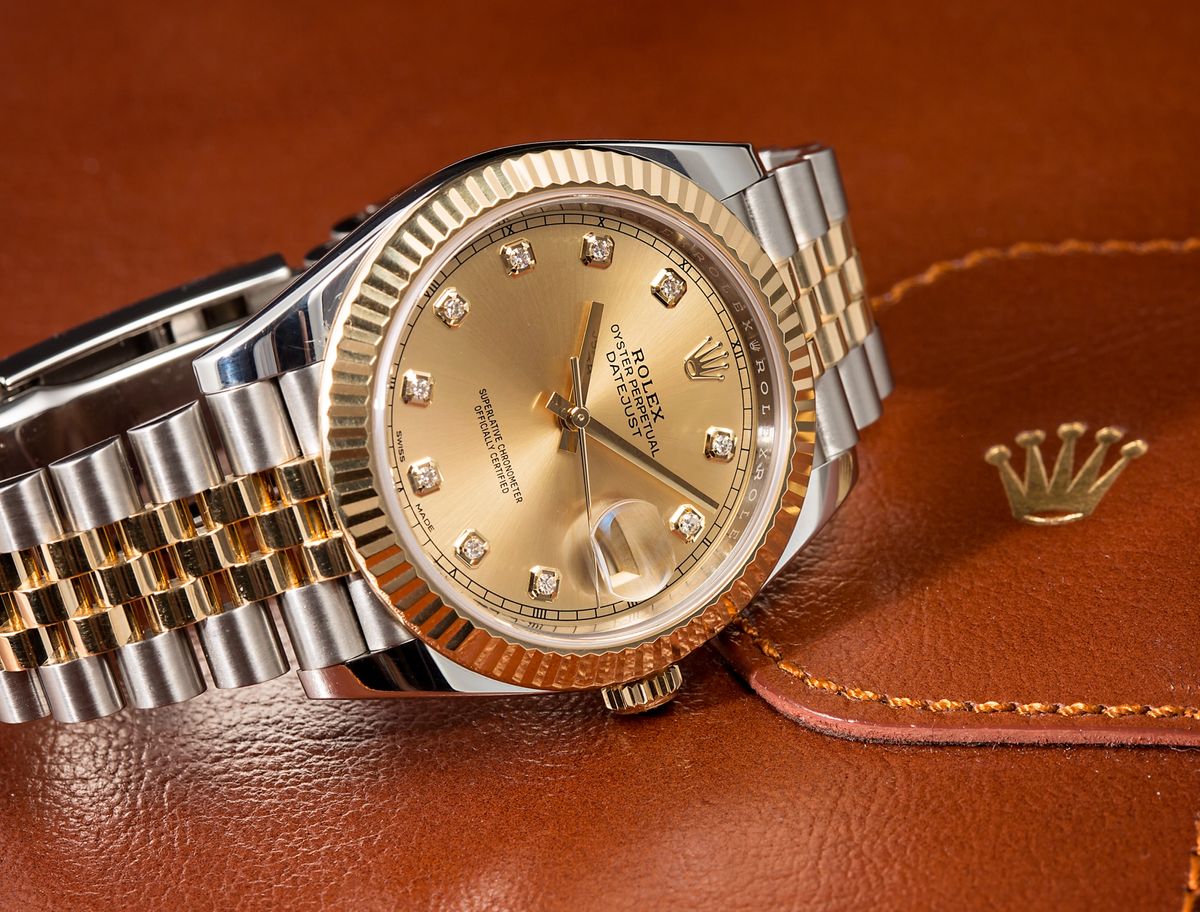
The Options
A major calling card of the Datejust series has always been its extensive list of options. Between the vast number of different sizes, metals, dial colors, bezels, and bracelets with which it has been made available, there is quite literally a Rolex Datejust for every wrist and aesthetic preference. However, since the Datejust II was only in production for a few short years, it lags behind the longer-running versions in terms of selection.
The earliest examples were released in Rolesor, Rolex’s name for the two-tone use of gold and steel on a single watch. It is a visual trademark of the brand, and of the Datejust collection in particular, thus an appropriate choice. These proved just successful enough for a stainless steel variant to arrive in 2012.
Dials covered the more conservative end of the spectrum, from the monochrome of black and white, through to an attractive sunburst blue, classic champagne, and a first appearance of the ‘Wimbledon’ dial – a slate grey with distinctive black Roman numeral indexes, outlined in green. Diamond dials were also a possibility, although they were only available in a handful of colors. Bezels could be either fluted or smooth, with a gem-set surround never an official release.
Strangely, the Datejust II was only ever fitted with an Oyster bracelet. The three-flat link band is the most sporty design among Rolex’s bracelet trio, something which suited the nature and form of the piece very well. Had the range carried on, it seems likely that the Jubilee would have made an appearance as well at some point, as it was the bracelet that was originally designed especially for the Datejust back in 1945.
The current Rolex Datejust 41 is a comparatively young collection, and so is similarly not as wide-ranging as the 36mm version. Even still, the catalog contains nearly 100 separate entries, with 3 different gold colors for its Rolesor models (yellow, white, and Everose), as well as a full Oystersteel version. No gold models exist, as the largest solid gold Datejust you can now buy is 31mm, but both Jubilee and Oyster bracelets are available for the Rolex Datejust 41.
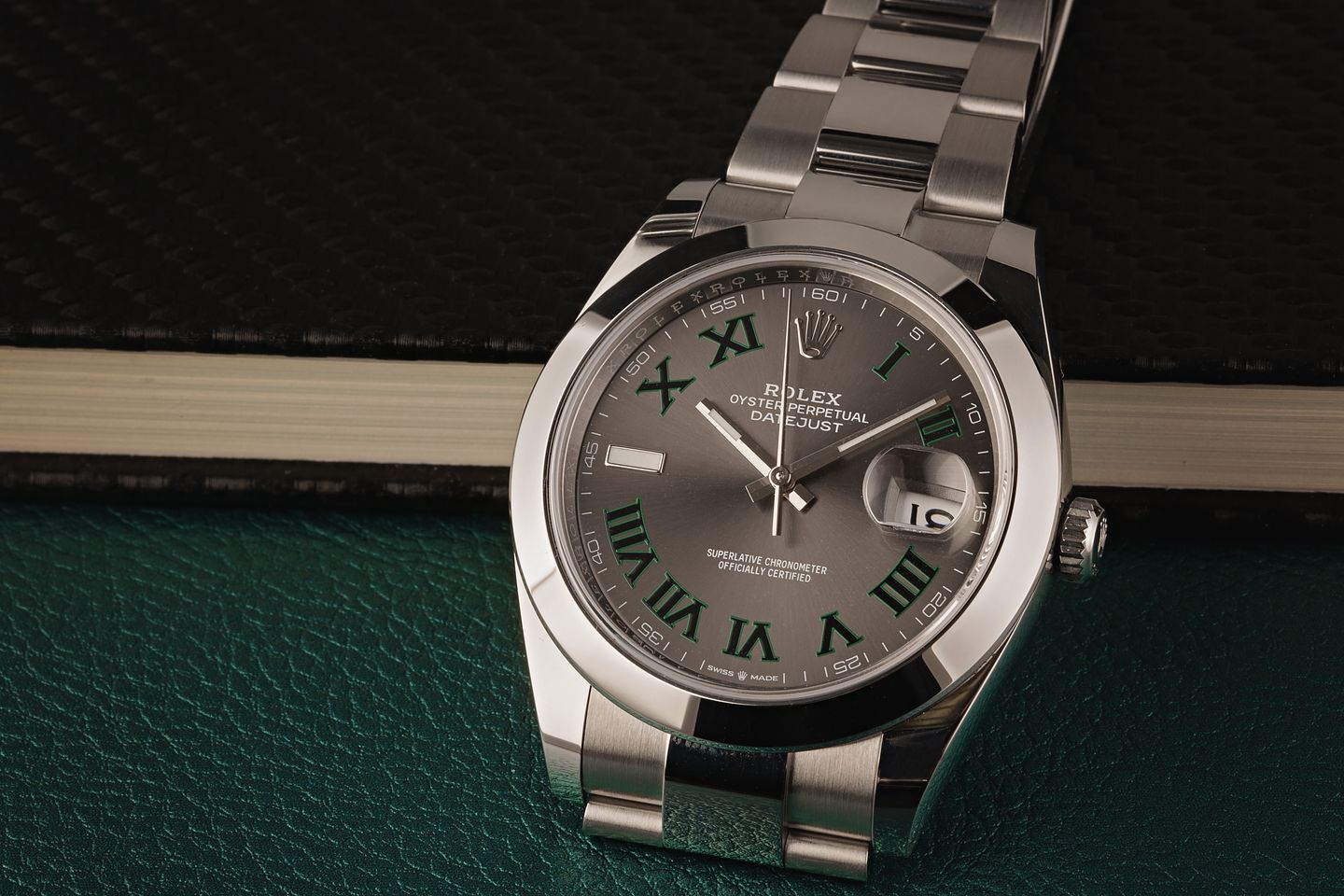
Rolex Datejust 41 or Datejust II?
The Rolex Datejust II was possibly a little too much of a departure for the brand’s sometimes traditionalist fan base. The iconic Swiss timepiece manufacturer clearly made it as a concession to the modern trend for larger watches, but it perhaps didn’t look enough like the classic Datejust to really catch on with the public.
The replacement Rolex Datejust 41 seems to have won out in the popularity stakes. It offers the increase in overall size that people had been wanting, but doesn’t abandon any of the classic proportions that have essentially defined the Rolex brand since 1945.
That being said, the extra bulk to the features of the short lived Datejust II continue to attract a devoted section of the brand’s followers, those looking for a dress watch with a bit more muscle, and it remains a highly sought after version of Rolex’s all-time bestseller.
